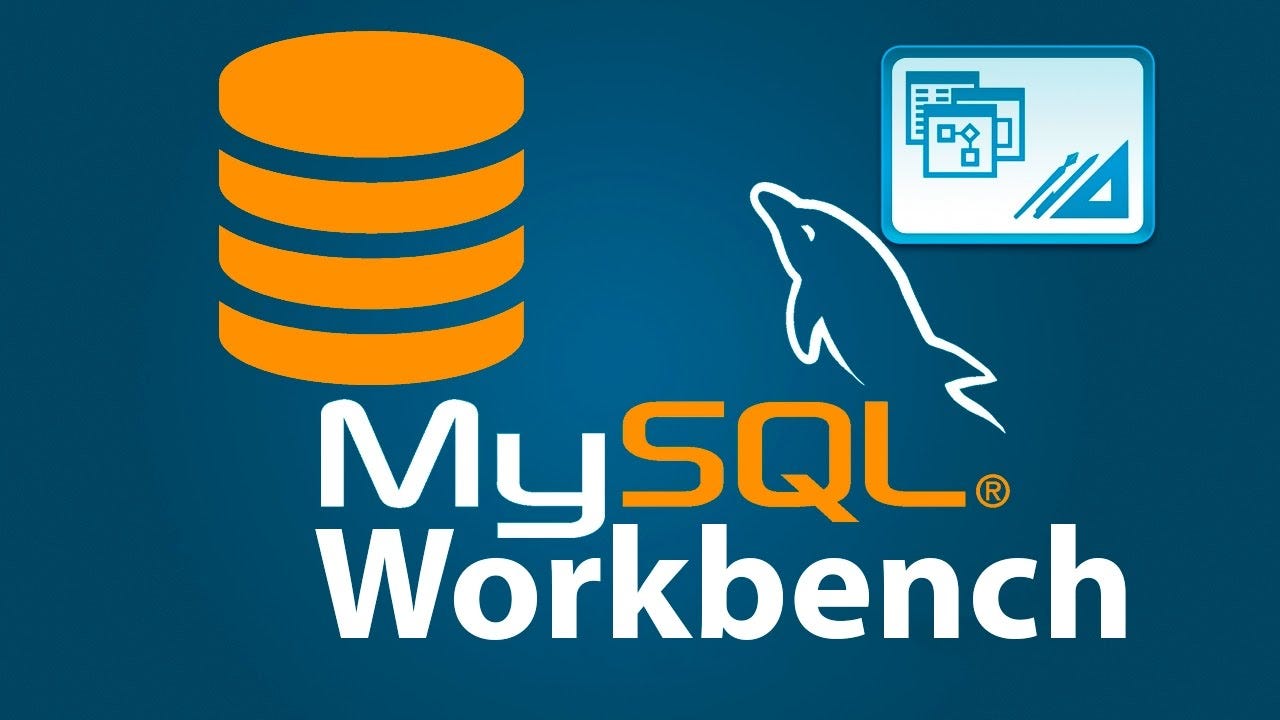

- Bold database workbench tutorial how to#
- Bold database workbench tutorial software#
- Bold database workbench tutorial code#
- Bold database workbench tutorial professional#
The only difference is that, unlike Excel - where the columns are named A, B, C, and so on - when you create a database table you choose a name for each column. A database table is similar, in that data is stored in rows and columns. If you’ve ever created a spreadsheet, this will look familiar to you. These rows and columns form a table that’s represented in the image below. Each joke stored in this way would be said to be a row or entry in the table. In our example, our joke table might have one column for the text of the jokes, and another for the dates on which the jokes were added to the database. Each column holds a certain piece of information about each item in the table. Each table in a database has one or more columns, or fields.

For our joke database, we’d probably start with a table called joke that would contain a list of jokes. A database is composed of one or more tables, each of which contains a list of items, or things. Let’s run with this example as we look at how data is stored in a database.
Bold database workbench tutorial code#
The PHP code would take care of the rest, automatically displaying the new joke along with the others when it fetched the list from the database. Second, adding a joke to your website would be a simple matter of inserting the joke into the database.

First, instead of writing an HTML page for each joke, you could write a single PHP script designed to fetch any joke from the database and display it by generating an HTML page for it on the fly. The advantage of this approach is twofold. In this example, the jokes would be stored entirely in the database. For example, you could tell PHP to look in the database for a list of jokes that you’d like to appear on your website.
Bold database workbench tutorial how to#
In this chapter, we’ll learn what a database is, and how to work with your own databases using Structured Query Language (SQL).Ī database server is a program that can store large amounts of information in an organized format that’s easily accessible through programming languages like PHP. Now, that’s all well and good, but it really gets interesting when a database is added to the mix. We’ve looked at a few basic examples, including generating random numbers and using forms to capture input from a user.
Bold database workbench tutorial software#

Setting Up Your PHP Development Environment with Docker.In this third tutorial in the series, you’ll learn what a database is, and how to work with your own databases using Structured Query Language (SQL).
Bold database workbench tutorial professional#
The previous release of SAS Risk and Finance Workbench was named SAS Stress Testing Workbench.The following article is an excerpt from PHP & MySQL: Novice to Ninja, 7th Edition, a hands-on guide to learning all the tools, principles, and techniques needed to build a professional web application. To expedite your request, please include SAS Risk and Finance Workbench in the subject field of the form. The documentation below is provided on a secure site that requires a user ID and password, which you can obtain from your SAS consultant or by contacting SAS Technical Support directly. SAS Risk and Finance Workbench 2.3 documentation.Licensed customers can request the access key from SAS Technical Support. The documentation for SAS Risk and Finance Workbench is provided on a secure site that requires an access key.


 0 kommentar(er)
0 kommentar(er)
